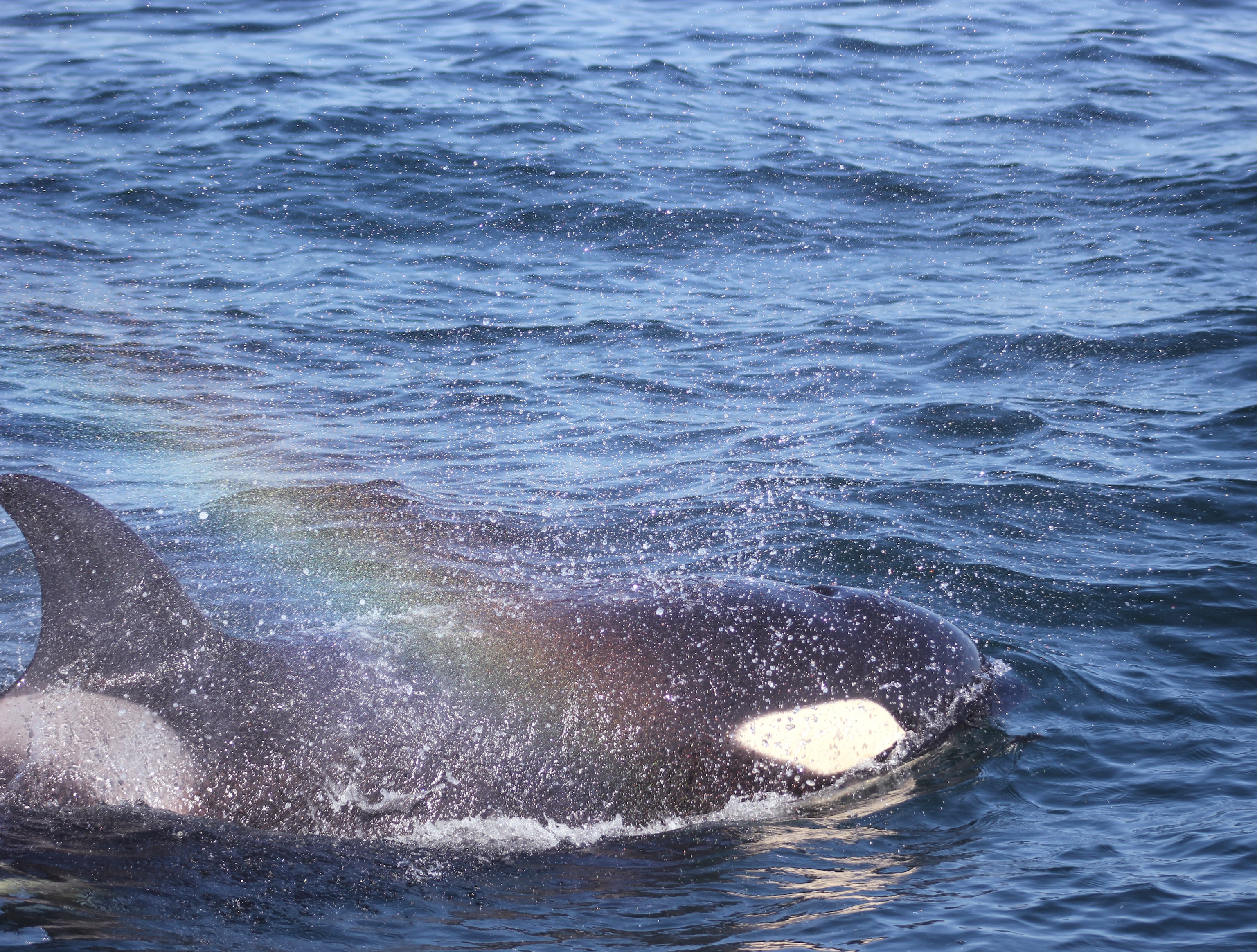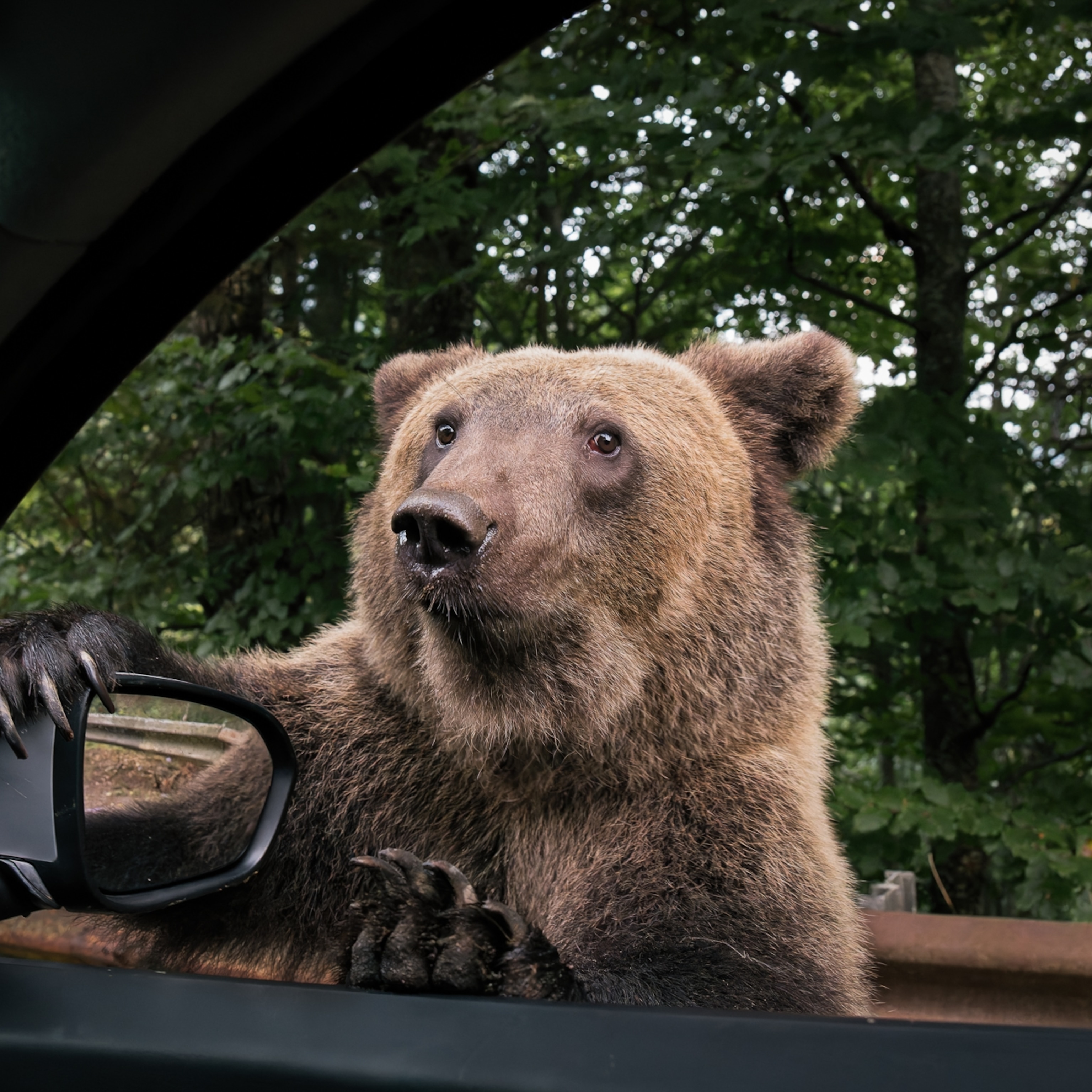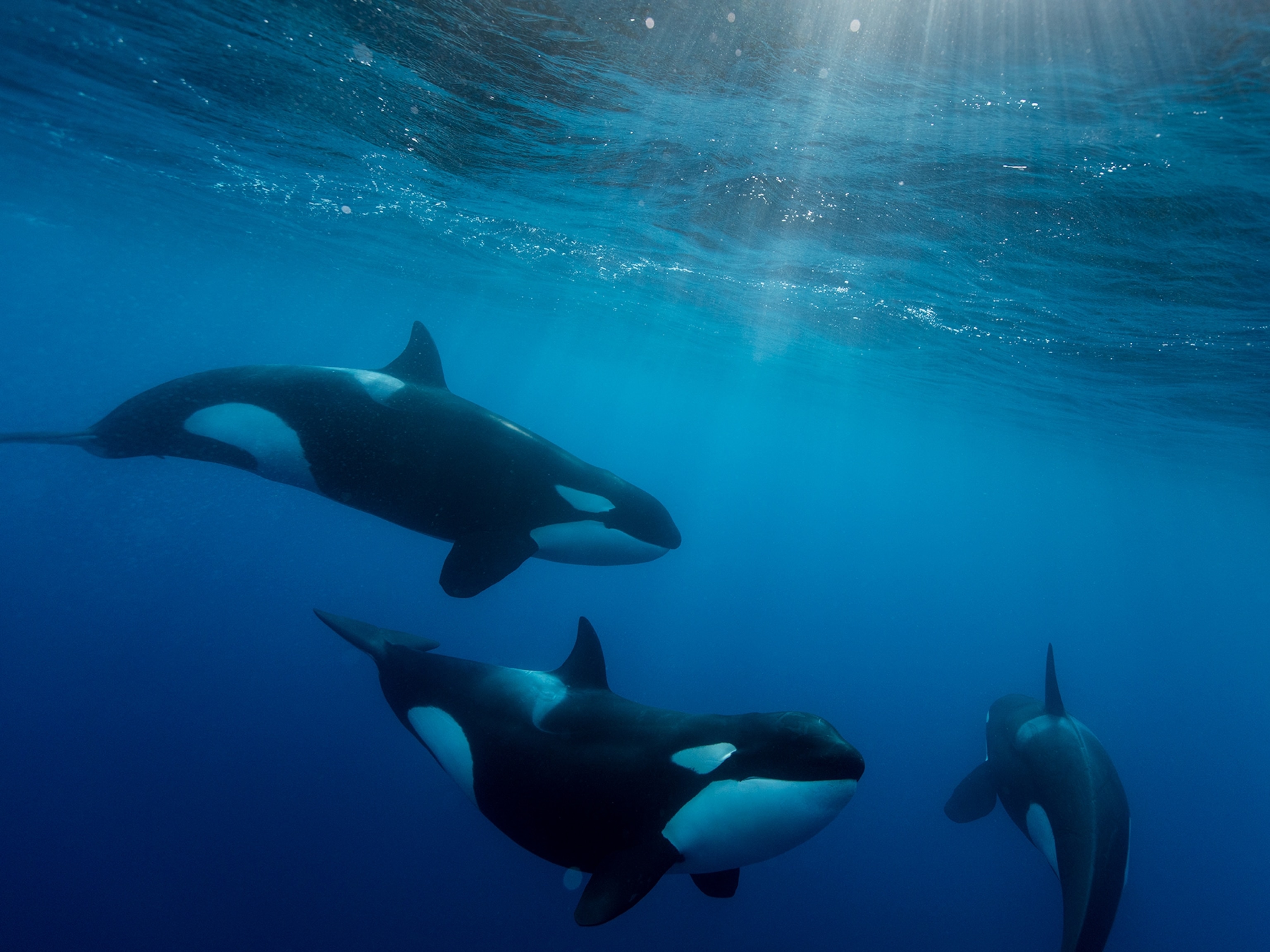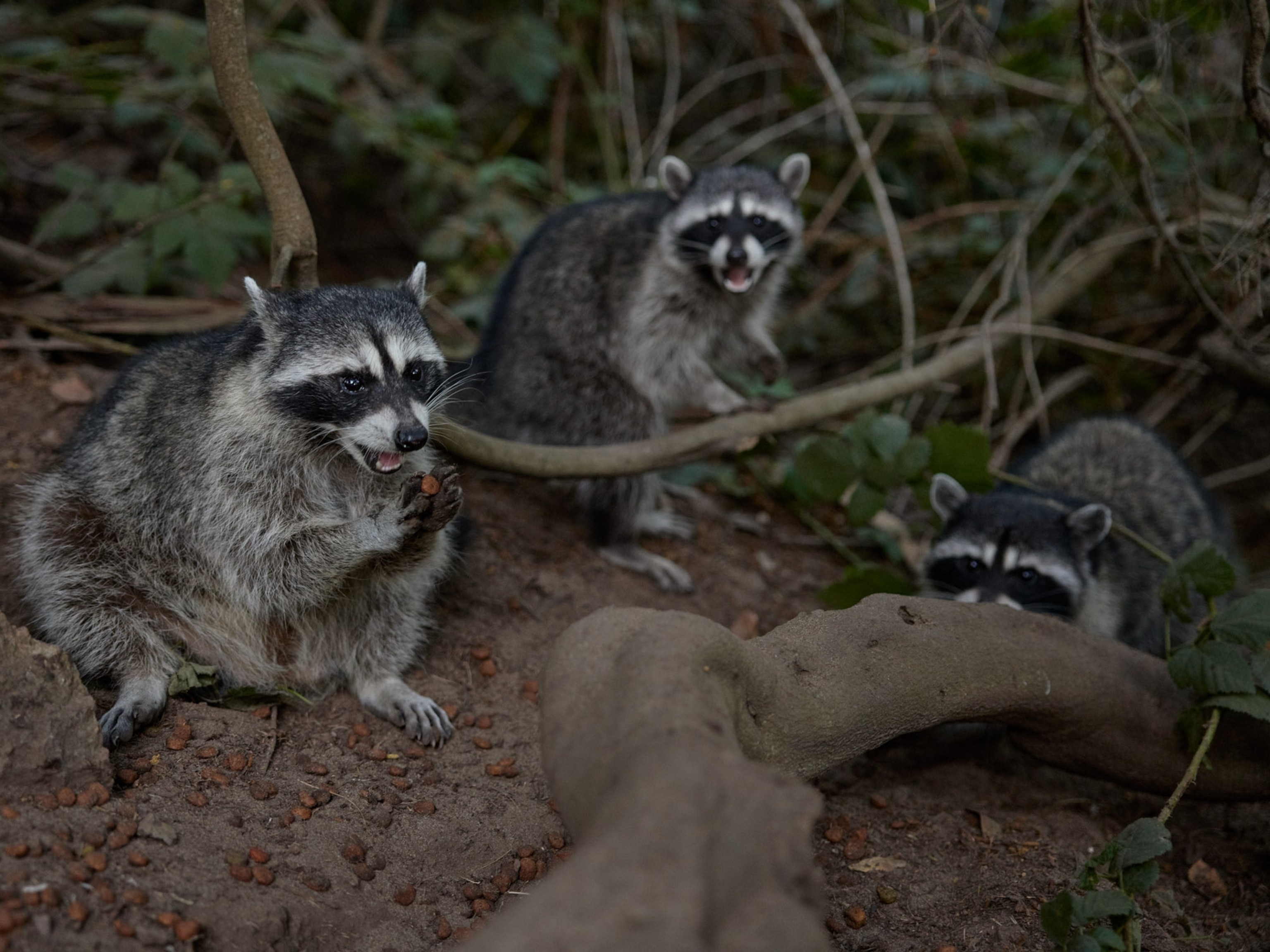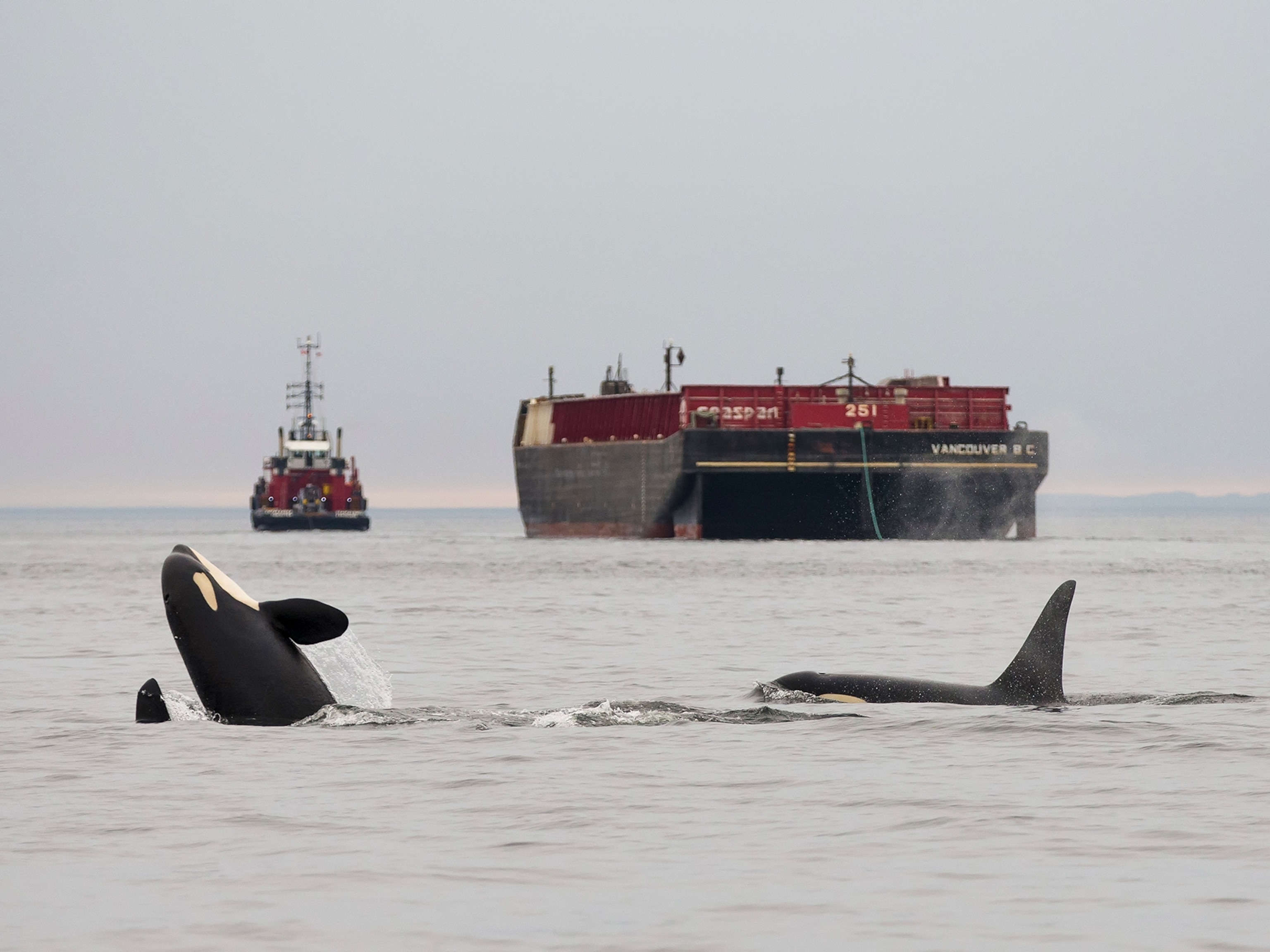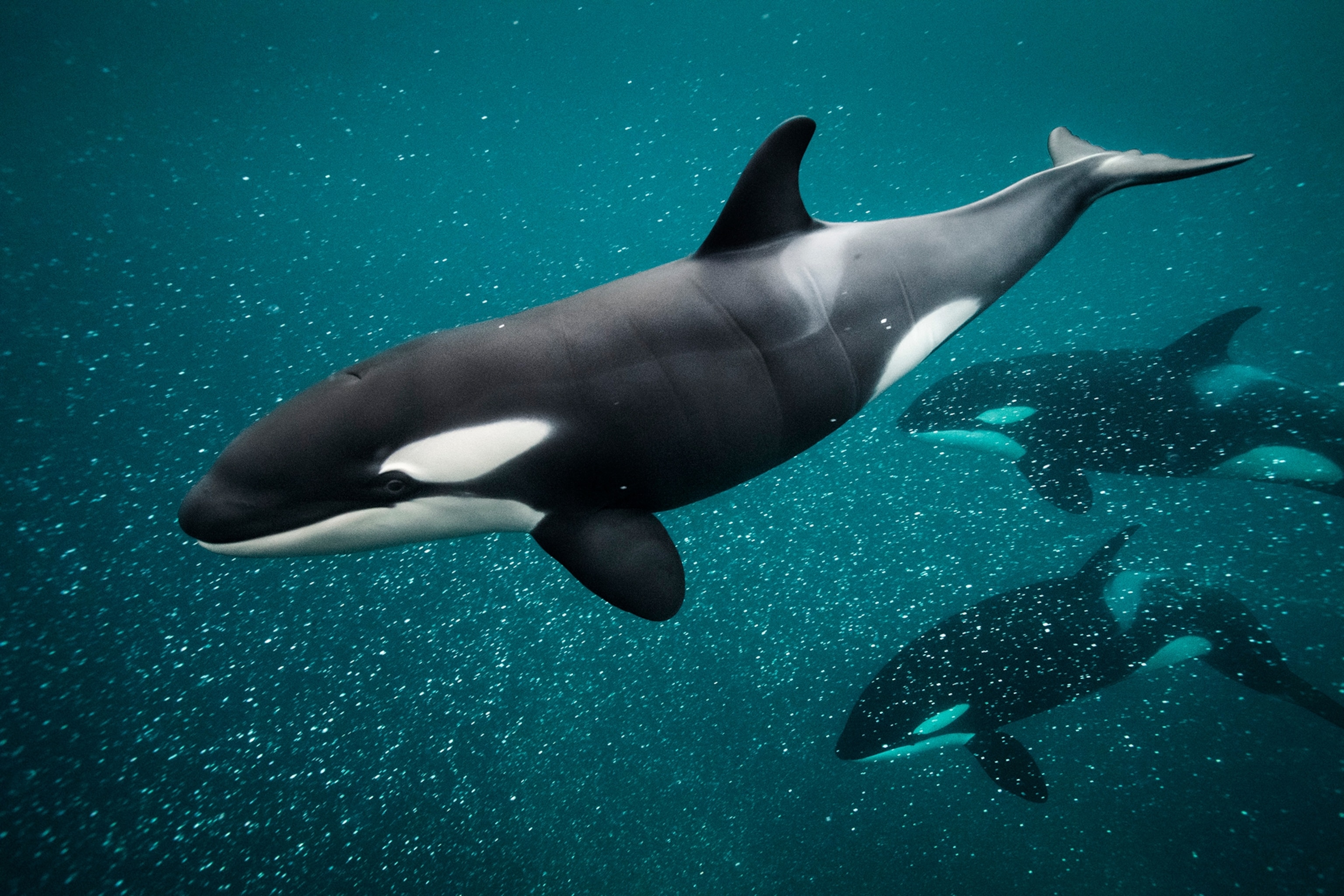
Were you on team orca? Why we wanted nature to 'fight back' in 2023
The internet cheered this year for animals that seemed to rebel against humans. This enthusiasm tells the story of a unique cultural moment.
If 2020 was the year that nature “healed,” 2023 was the year, supposedly, of nature’s revenge: orcas sinking yachts, javelinas destroying golf courses, and one feisty sea otter stealing surfboards. As the popular narrative goes, animals have had enough—and they are (finally!) revolting against human domination.
Of course, it’s not true. These critters are doing normal animal things that just happen to antagonize humans. Javelinas, pig-like creatures native to the U.S. Southwest, destroyed a golf course in Sedona, Arizona, because they were rooting for earthworms. Orcas in the Strait of Gibraltar were likely messing around with rudders for fun. And Otter 841, the adult female who repeatedly pestered kayakers and surfers in Santa Cruz, California, may have associated people with food.
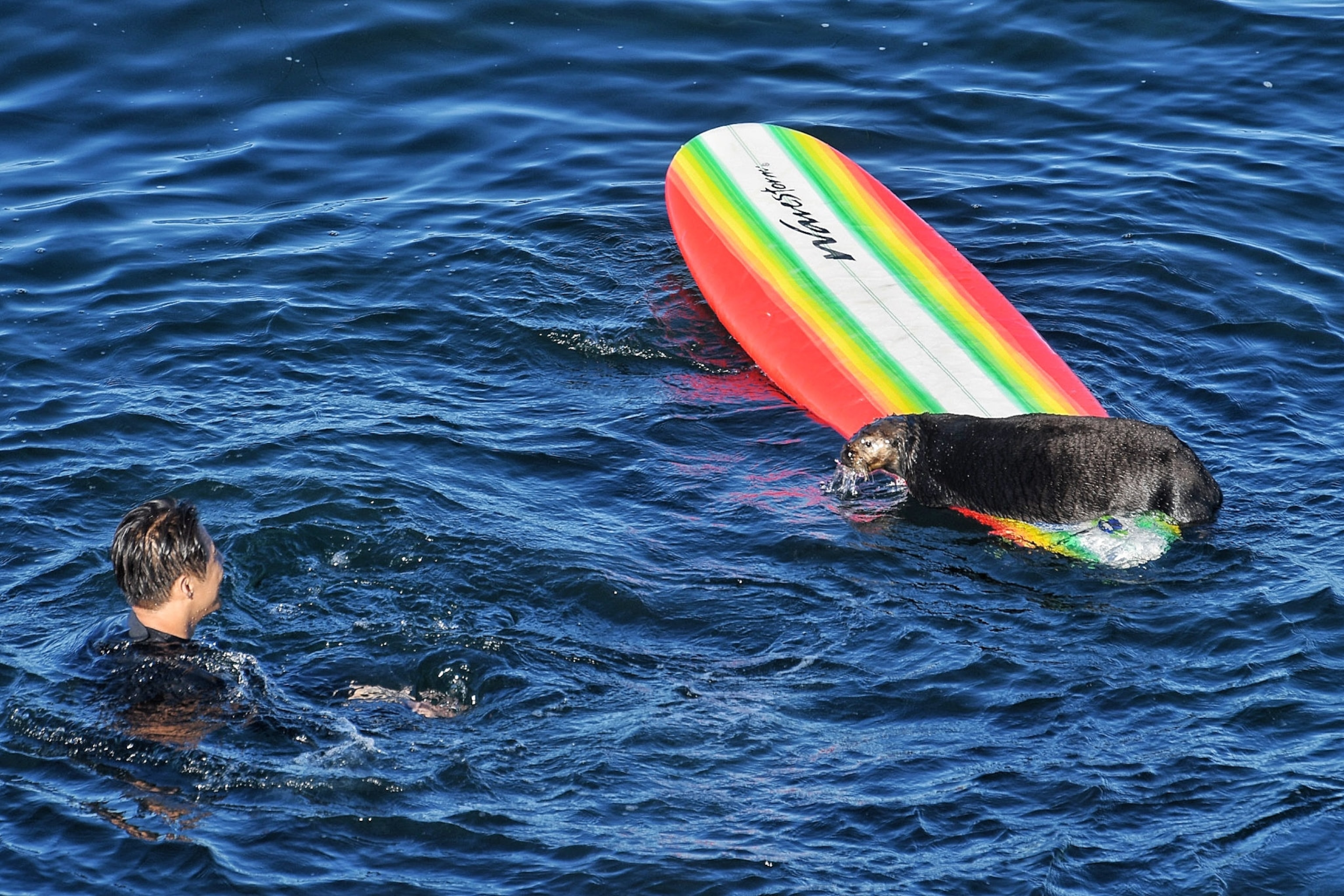
When humans see these acts as intentional, we are also engaging in a behavior that’s typical for our species—telling stories that, while not literally accurate, capture some larger truth. For instance, as climate change makes life on Earth increasingly difficult and unpredictable, it may seem as if nature is “fighting back.”
As a result, the longstanding belief that we humans reign supreme over nature, and that our needs trump those of all other animals, seems to be shifting, says Geoffrey Whitehall, a political science professor at Acadia University in Canada.
“We usually reserve agency for humans,” Whitehall says. “But animals clearly have interests that are different from our own, and when we recognize that, when we start to believe that other animals matter, it opens up a lot of interesting conversations.”
One of the touchiest ones is wealth disparity. “A lot of people see the rich elite as being responsible for many of the situations that we face environmentally,” says Monika Wieland Shields, director of the Orca Behavior Institute in Friday Harbor, Washington. “Imagining an orca uprising deals with our feelings with humor. It keeps us from feeling completely hopeless.”
The problem with this kind of humor, however, is that it relieves our anxiety without making us reflect on our own contributions to these problems, Whitehall says. Whether you’re talking about wildlife or our fellow humans, the downtrodden don’t need us cheering from the sidelines. They need us to get into the game, for example by reducing our carbon footprint, using fewer resources, and enacting wildlife-protection laws.
“The animals are acting weird and we need to act weird as well, which would require changing how we live and even acting against our immediate interests,” Whitehall says. “Golfing in a desert is one thing I’d be willing to give up.”
Acts of resistance
Javelinas are an unlikely mascot for any sort of conservation campaign. Named after their spear-like tusks, these stinky creatures average 50 pounds and travel in intimidating groups. “People, especially people in Texas, talk about them as being giant rats,” says Adam Johnson, an anthropologist at the University of North Carolina at Charlotte who studies human-animal conflict.
Javelinas are not aggressive, but their poor eyesight can get them in trouble, Johnson says. Sometimes, when they are trying to get away from humans, they accidentally run at us.
“There’s this idea that javelinas are bloodthirsty villains that are looking to hurt you,” he says.
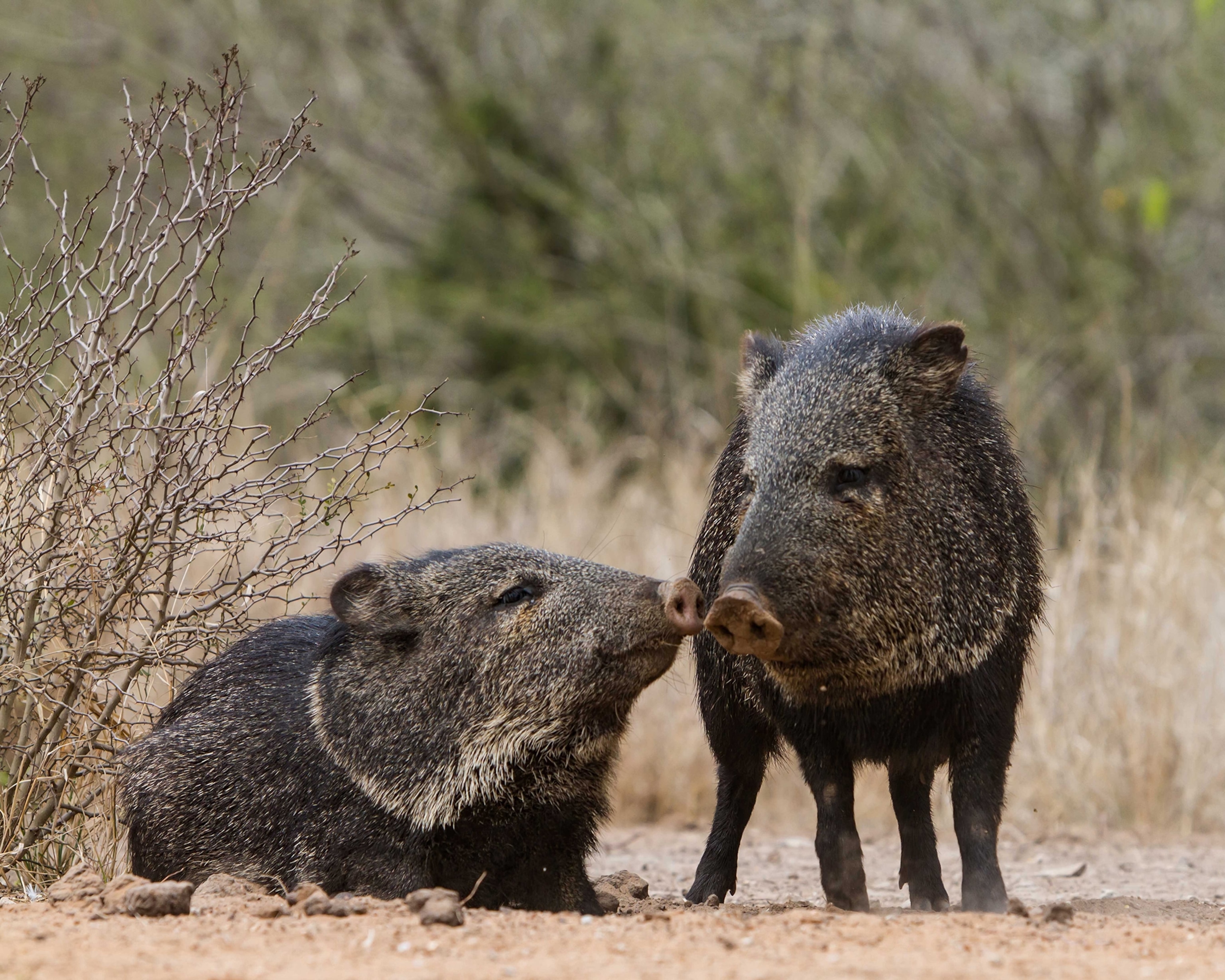
Given this backdrop, golf course manager Emily Casey probably expected her fellow humans to be sympathetic when she woke up one morning to discover that javelinas had caused “tens of thousands” of dollars’ worth of damage to the pristine greenways at Seven Canyons Golf Club in Sedona, Arizona. “What should be one of the most beautiful golf courses in the country is being destroyed by herds of javelina,” she wrote on the social media site, X.
Instead, she got roasted. “Sorry that you put your golf course in the natural habitat for javelinas. Looks awful green for a desert, where does the water come from?” wrote one early respondent. Other like-minded commentators quickly piled on: “Now it’s a 2,000-hole golf course. Rewilding is unstoppable,” wrote X user Jonathan Franklin. Before long, the hashtag #teamjavelina began to trend on social media in support of the animals, who were just trying to make a living. (See a video of javelina mourning, a human-like emotion.)
Johnson agrees with #teamjavelina’s underlying sentiment.
“To me, it is a political act of resistance,” he says. “It's through their mere existence that they're resisting this imposition of anthropogenic development.”
#TeamRobinHood
The behavior of the ship-sinking orcas is more open to interpretation—and some really do believe that there’s an ocean-wide orca uprising, says Shields.
“People are asking on a regular basis, ‘Is it safe to go on the water here and go whale watching?’” Shields says.
When news of the ship-sinking orcas hit social media, many people quickly interpreted it as retribution and sided with the whales. Memes featuring orcas saying things like, “Eat the Rich,” and “Orcanize,” quickly propagated from the internet to the material world, in the form of T-shirts and bumper stickers.
Some people even imagined that different species were teaming up. “Orcas have taken the sea. Javelinas have taken the land. Who shall seize the skies?” wrote a user on the game forum, ResetEra.
The originators of the #teamorca memes (probably intentionally) misinterpreted whale behavior to channel and diffuse two modern anxieties: environmental destruction and wealth. “The fact that they are damaging rich people’s yachts— there's a Robin Hood aspect to it that I think is really appealing to people,” Shields says.
It’s a fun story, but the whales do not seem to be attacking the boats, Shields says. Their behavior, which involves exploring and experimenting with rudder mechanisms, suggests that they are just having fun.
“They've sunk four boats now, and it's more like the boats sink later on, as a result of the damage caused by the loss of the rudder,” Shields says. “If the target of the whales was sinking yachts, they would be ramming the vessels and causing more damage.”
While the rudder-nosing behavior is relatively new, biologists have observed many other play “fads” among these smart, social creatures. There was the fish-hat craze of 1987, for instance, when orcas in Puget Sound began swimming around with dead salmon on their heads. This year, Shields has observed her local orcas dragging around crab traps by their chains—just for kicks. (Read why orcas are killing porpoises—but not eating them.)
The only thing that’s unusual about the Gibraltar whales’ behavior is how long this fad has lasted, Shields says. Most orca trends peter out in less than a year, but the rudder-bumping behavior has been going strong since 2020—and it may be our fault.
Some boaters near the Gibraltar orcas have been playing music and throwing objects at them. “That's probably having the opposite response that people are hoping for. It's making it more interesting for the whales,” she says. “The whales are like, ‘What are the people going to do today? Let's see what type of reaction we can get from them.’”
Radical rethink?
In the coming years, human-animal conflict is likely to intensify as climate change takes hold and resources become increasingly scarce, says Johnson. It remains to be seen if people are ready to genuinely take the side of animals, but some signs say yes.
For instance, after Freya, a chunky female walrus who rose to fame after sunbathing on—and ultimately sinking—several boats in Norway in 2022, was euthanized, some called the decision and hasty and shameful.
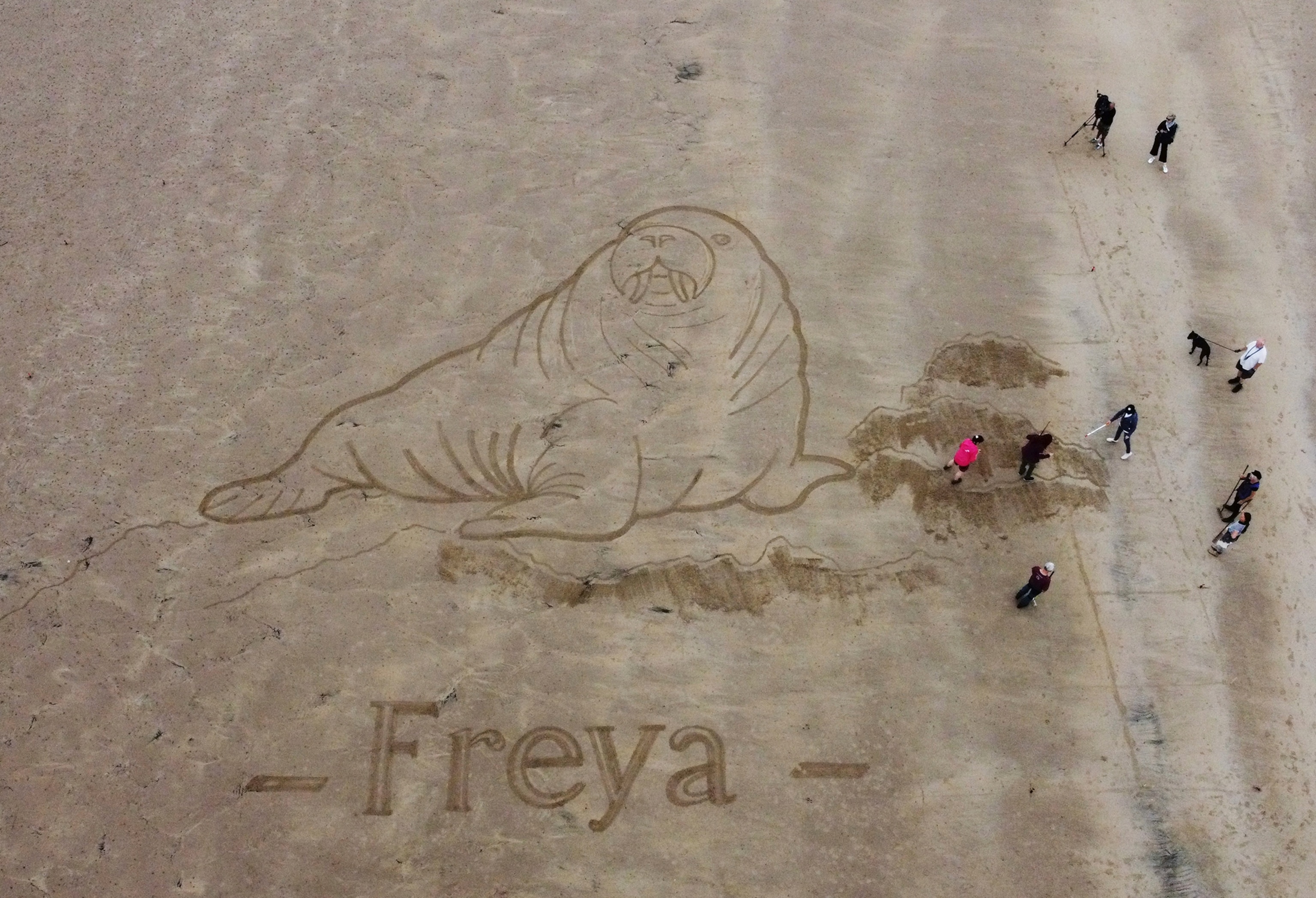
“The pessimist in me sees #teamorca and #teamjavelina trending, and it just looks like social media theater,” he says.
“But maybe it’s real. Maybe we are beginning to realize that we need to radically rethink how we relate to the world and how we place ourselves in it.”
